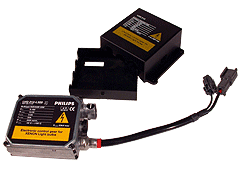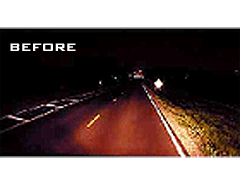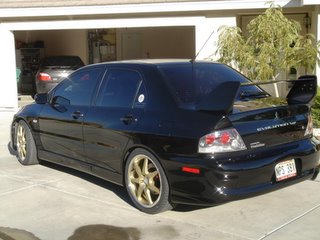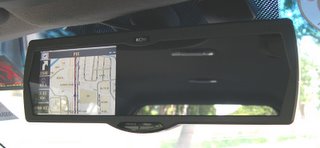 Here are a few basic pointers to using the Toyo RA1 DOT Race Tire:
Here are a few basic pointers to using the Toyo RA1 DOT Race Tire:
The RA1 comes molded at 8/32 of rubber, which is quite a bit of rubber for a race tire. There are two reasons for shaving. The first reason is make the tread blocks shorter. This keeps the tread from rolling over during cornering and building up too much heat. (Which can lead to chunking) This can contribute to making the car feel unstable and loose. The second reason to shave is to make the tire faster sooner. By cutting the tread down it makes the tire more responsive immediately and strangely enough also helps the tire last longer. How much to cut depends on which type of driving you intend to do.
The common shave for a full race set-up is at least 4/32. For Track day events we recommend at least 6/32 shave. If you plan on using them for everyday summer driving, then leave them full skid. It is important to leave the tires with as much tread as possible for street driving in case of rain. (FYI: Full tread RA1's are used as rain tires in competition.)
The Toyo RA1 unlike most compound tires doesn't require the tire to be heat cycled. You can mount them up and just run on them. . One characteristic of the RA1 is that unless you shave them to very shallow depths, the tires do take time to run in. Meaning that that if buy a set at full skid, they will not be as fast as they will be when they wear down to 4/32 and etc.
The RA1 remains consistent during the life span of the tire and in most cases becomes even faster as they wear. One more thing, the RA1 wears like no other tire on the market. Compared to other compound tires, the RA1 should give you a minimum of 2-3 times the wear compared to other compound tires and even UHP Street tires.
Tire pressures should be started at about 32psi cold. You shouldn't see more than a 5-7 psi gain during a run. You should end up in the high 30's to low 40's. If you take tire temps, the normal operating range of the RA1 is 160-220 degrees. These numbers are arrived at with a properly set-up car in mind. Outside temperatures may make it difficult to hit these numbers, but in general these are temps you should be seeing if you have a properly set-up car.
One mistake people make is thinking that if they just mount up a set of new race rubber they will be faster. This may be true in some case and in others they may seem to make no difference. The reason for this is all race tires need to have camber adjustments made to get the optimum level of grip they can provide. Without this adjustment the tires though stickier, may not work at their best.
If you have camber plates you will be able to get the most from the RA1 and any other compound tire. To get the tire to work to its maximum, you need to dial in at least 2 deg of negative camber in the front. If you have camber plates then dial in more, say upwards of 3 deg negative. (Toyo recommends between E to E deg) This is required to get the car to handle. All the other temps and pressures gains depend upon getting this setting correct. If you see wild pressure gains or temps it is probably due to a bad set-up. The tire only reflects the set-up used on the car and the driving style used by the driver. 99% of the time it is not the tires fault, but they get 99% of the blame for an ill handling or over aggressive driver.
You can adjust most cars in stock form to get more negative camber, but it is limited. The drawback to doing this on a street car is you will wear the tires out very fast. To get the most life out of the Toyo RA1 you need to take care of them. First thing is if you notice one of the shoulders is wearing more quickly than the other, you need take it and have it flipped on the wheel. When it gets about half worn that is time to flip. This will greatly increase the life of the tire and even out the wear. (FYI: RA1's are only directional when used as rain tires. Once shaved, or worn down, you can run them in any direction you choose.)
Next, when driving with these tires in competition, try not to overheat them in the initial run. If you feel the tires are getting a little greasy, take a trip down the pit lane, this will allow the tires to cool just enough to continue on. One note on driving, the RA1 is not as prone to flat spotting under heavy braking as other race tires; additionally it is a very forgiving tire, allowing the driver a chance to save the car if he loses control, unlike most compound tires.
When storing the tires for the winter or off-season follow these simple steps. Try to keep them stored in a temperature above freezing, ideally indoors with low humidity. Take the RA1's off and put them in plastic bags for storage. Keep them dry and out of the sun and heat. Race tires are very sensitive to extreme weather, be it hot or cold.
If you follow these simple guidelines you should get the performance advantages of having an R compound tire on your car. As with most guidelines, not all things work for all driving styles and conditions. These suggestions come from our over 20 years of race tire sales and support. When making adjustments based on these suggestions, please make them in small increments. I.E. don't go from 32 psi to 40psi. No more than 2 psi increments. Same for camber adjustments. Good luck.
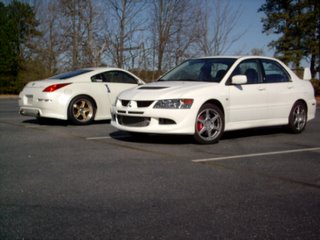 Hawthorne, CA, November 29th, 2005—AEM is proud to announce that the United States Patent Office has issued a patent for the company’s V2 Air Induction Systems! Patents are issued for innovative, unique concepts for which no prior art of a design or innovation exists.
Hawthorne, CA, November 29th, 2005—AEM is proud to announce that the United States Patent Office has issued a patent for the company’s V2 Air Induction Systems! Patents are issued for innovative, unique concepts for which no prior art of a design or innovation exists. 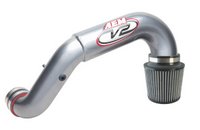

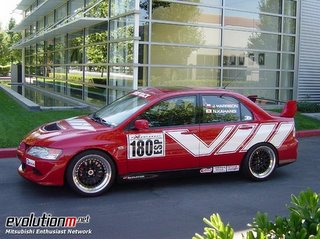
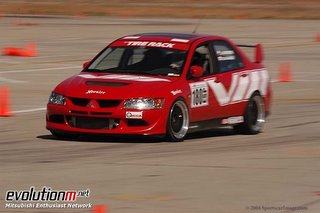


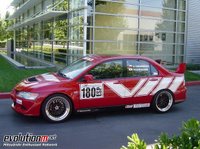
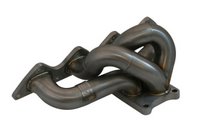
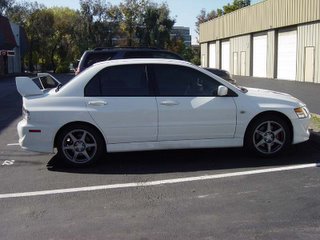












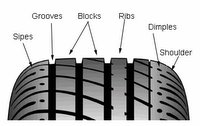
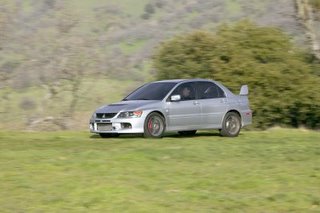
![[wear]](http://www.carbibles.com/images/wear_patterns.gif)


